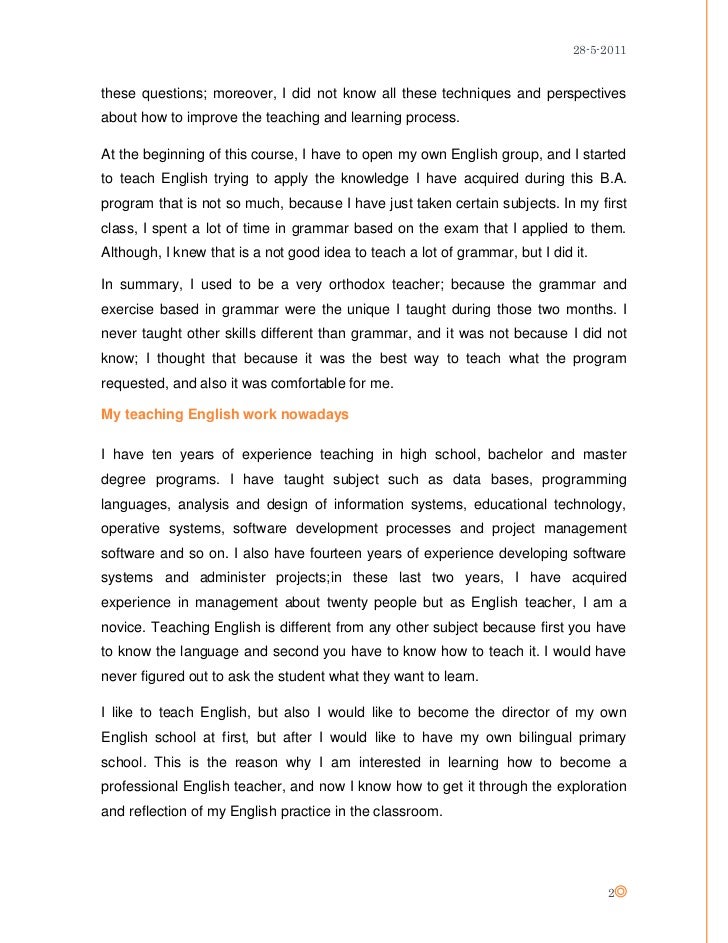

Professional vision as a concept was first formulated by Goodwin (1994), applied in different fields of expertise, and adapted for the educational field as teacher professional vision. In particular, the concept of teacher professional vision as a representation of teacher competence has been investigated in video studies ( Sherin and Han, 2004). Learning from observing video recordings of their own teaching in the classroom has been described as a practice that advances teachers’ self-reflection and the application of professional knowledge ( Gaudin and Chaliès, 2015). The application of technologies to facilitate professional development in teacher education is not a new phenomenon however, with the emergence of new technologies, new possibilities appear. Implications for using mobile eye tracker recording and gaze distribution heatmaps in video-based professional development for teachers are discussed.

Therefore, the heatmap analysis based on the data collected with the mobile eye trackers could be used to develop the professional vision of teachers in different educational contexts for engaging students through more balanced attention to every student in the classroom. The study revealed where teachers most often diverted their attention, which encouraged them to reflect on why this happened, to think about their professional reasoning, and to analyze opportunities for improvement. Visualization of gaze distribution as heatmaps allowed teachers to reflect on how they perceived their gaze allocation and most of them realized that sometimes there was a difference between how they perceived their gaze allocation and how it was captured by the eye tracker.

The results showed that mobile eye tracking data provided feedback on the distribution of teacher attention in different areas in the classroom and between students. Their gaze distribution on classroom targets was analyzed together with their reflective comments when watching the recordings of their own behavior in the lecture. Four university teachers wore a mobile eye tracker in a segment of one lecture. This study was based on the concept of teacher professional vision, in which professional reasoning plays a crucial role, and investigated how video with gaze overlay and heatmaps from the mobile eye tracker can support teachers’ professional self-reflection and professional vision development in higher education. Education Academy, Vytautas Magnus University, Kaunas, Lithuania.Lina Kaminskienė Kateryna Horlenko * Jovita Matulaitienė Tetiana Ponomarenko Aušra Rutkienė Ilona Tandzegolskienė-Bielaglovė


 0 kommentar(er)
0 kommentar(er)
